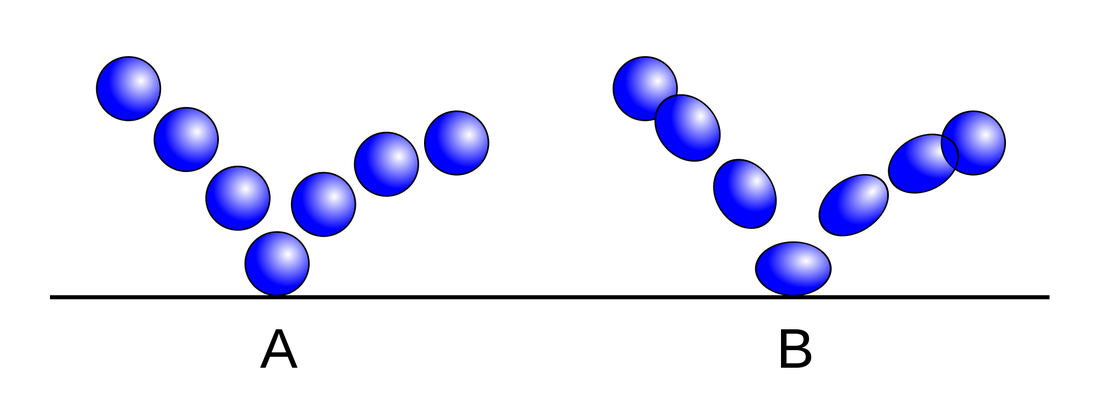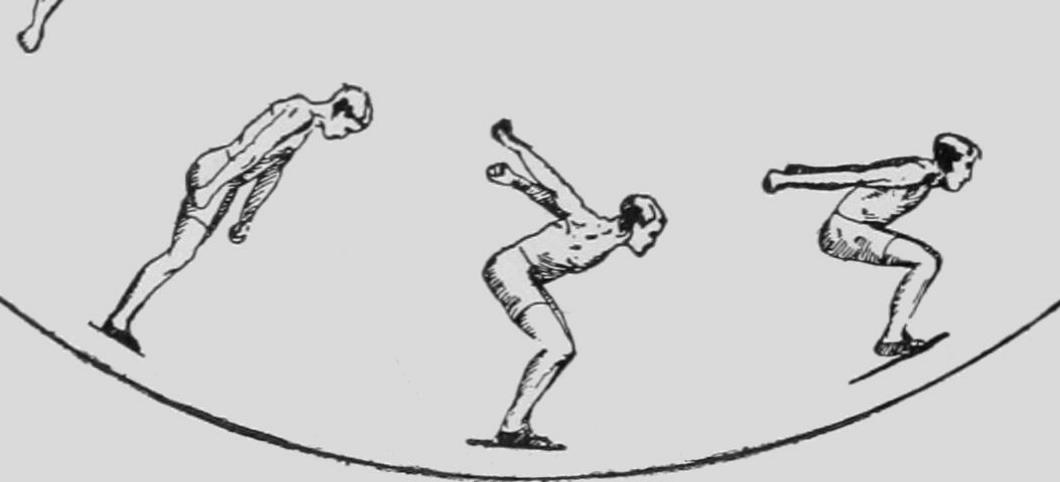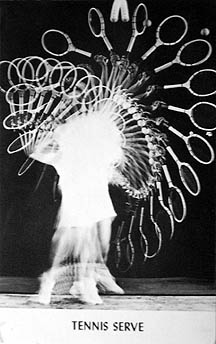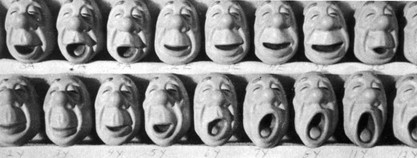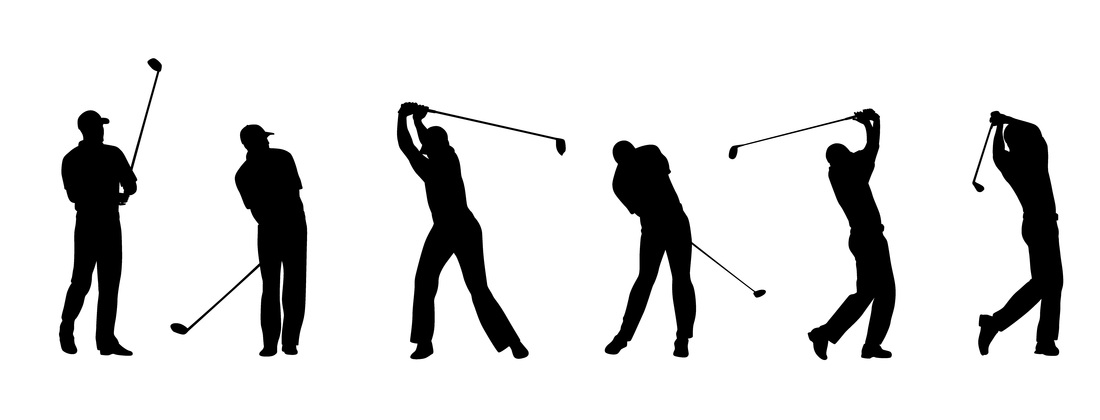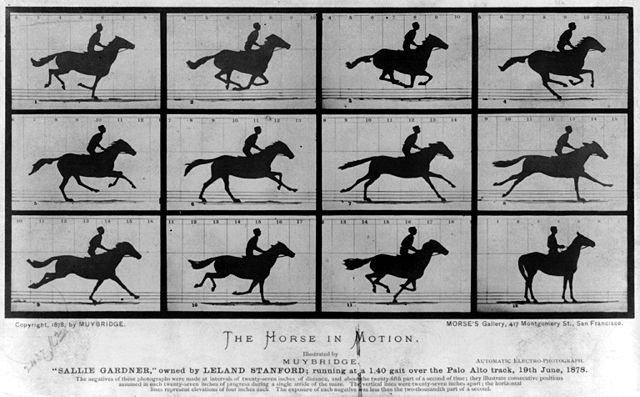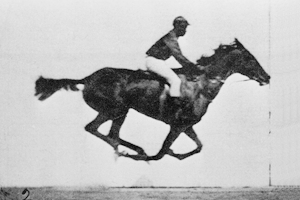Principles of Animation
Many animators over the years have suggested their own lists of animation principles, but most are based on a list originated by Disney animators Ollie Johnston and Frank Thomas. Frank and Ollie listed 12 basic principles (listed below): Squash and Stretch, Anticipation, Staging, Straight Ahead Action and Pose-To-Pose, Follow-Through and Overlapping Action, Slow In and Slow Out, Arcs, Secondary Action, Timing, Exaggeration, Solid Drawing, and Appeal. Others since then have added their own ideas to this list over the years, but these are still the foundation principles at work in almost every kind of animation ever used.
Keeping these principles in mind while you work on projects will help you focus your efforts, and help you make your animation efforts as artistically strong as possible both for yourself and for your audience
Keeping these principles in mind while you work on projects will help you focus your efforts, and help you make your animation efforts as artistically strong as possible both for yourself and for your audience
|
Squash and Stretch emphasizes how shapes change because of impact, gravity, muscular flexing and relaxing, and speed. (You can see this in Muybridge's horse above - notice how the horse's torso stretches and compresses (squashes) with each step.)
In the diagram, sequence A has no Squash and Stretch applied, but in B, you can see the changing shape as the ball moves and impacts the floor, and then rebounds. |
Staging is making sure the audience sees what you want them to see first and foremost and with minimal distraction.
Straight Ahead and Pose-to-Pose are two ways to create character movement - in the former, the animator moves sequentially through the action; in the latter, the animator first sets up arrival points (poses) in the action and then later fills in the less important moments.
Follow-Through takes into account the fact that actions continue past an end pose, while Overlapping Action recognizes that different parts of a body (or scene) will move at different rates and within different time intervals.
Slow In and Slow Out recognize the effect of inertia as a body begins to move in a direction and comes to a stop or changes direction.
Arcs is a reminder that natural bodies tend to move in arcs while machines tend to move in straight lines.
Secondary Action is something accompanying - and amplifying - the main action: a character could be weeping as he walks to indicate emotion as well as movement.
Timing is simply how long something SHOULD take in terms of how many frames are required (at a certain f.p.s.)
Exaggeration is a key ingredient of animation because we have the ability to accentuate something in order to help tell a story, define a character, set a mood, etc. In fact, it's a necessity because un-exaggerated things in animation work against the audience's mental processes and are usually ignored.
Solid Drawing refers to the artistic skills needed by the animator to depict directly what he/she wants to have on the screen and to give it life.
Stop Motion Animation Techniques - Styles and Principles
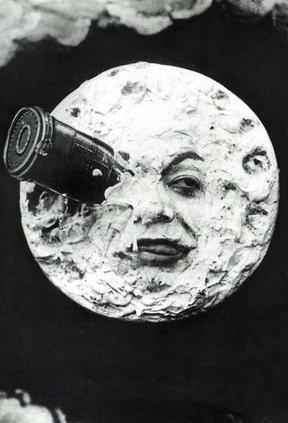
Animating something means giving it life. Life is defined by movement and growth.
When we animate objects and images using Stop Motion techniques, we assemble a sequence of images taken separately that show different positions of the objects shown over time. The reason it's called "Stop Motion" is that the objects are moved when the camera is stopped. An alternate way to describe it is to give motion to something that was stopped when the image was taken of it. When the images are replayed in sequence at a rapid speed, our eyes blend the sequence of images together and our brains see the images as appearing to move.
All motion pictures also do this by using special cameras that rapidly take separate photos as the subject(s) move(s) in front of it (motion pictures=pictures in motion), and then using special projectors that display the completed series of images in such a way that our brains can connect the images into continuous motion.
Stop Motion animation is both simpler and, at the same time, more difficult. We do all the work ourselves in a stop motion movie - we move our actors step by step, we create the backdrop, the scenery, the props, and even the costumes. After we set up everything, we pose our actors in different moments of an action and a camera takes a picture of the pose. If the actors are not alive, the movie maker must pose them for each shot. Whew! This takes a lot of time!
Furthermore, if we want our "actors" to speak, we have to provide the sound; we even have to make their lips move! Or we have to provide them speech bubbles. And we have to add the other sound effects in the soundtrack, as well as the music background. So, stop motion animation is really a comprehensive form of movie making that involves all the standard directorial requirements for shot making and sequencing, as well as blocking of actors, setting up stages, lighting, props, wardrobe, sound effects, and so on. Storyboards and scripts are needed, too. Wow!
When we animate objects and images using Stop Motion techniques, we assemble a sequence of images taken separately that show different positions of the objects shown over time. The reason it's called "Stop Motion" is that the objects are moved when the camera is stopped. An alternate way to describe it is to give motion to something that was stopped when the image was taken of it. When the images are replayed in sequence at a rapid speed, our eyes blend the sequence of images together and our brains see the images as appearing to move.
All motion pictures also do this by using special cameras that rapidly take separate photos as the subject(s) move(s) in front of it (motion pictures=pictures in motion), and then using special projectors that display the completed series of images in such a way that our brains can connect the images into continuous motion.
Stop Motion animation is both simpler and, at the same time, more difficult. We do all the work ourselves in a stop motion movie - we move our actors step by step, we create the backdrop, the scenery, the props, and even the costumes. After we set up everything, we pose our actors in different moments of an action and a camera takes a picture of the pose. If the actors are not alive, the movie maker must pose them for each shot. Whew! This takes a lot of time!
Furthermore, if we want our "actors" to speak, we have to provide the sound; we even have to make their lips move! Or we have to provide them speech bubbles. And we have to add the other sound effects in the soundtrack, as well as the music background. So, stop motion animation is really a comprehensive form of movie making that involves all the standard directorial requirements for shot making and sequencing, as well as blocking of actors, setting up stages, lighting, props, wardrobe, sound effects, and so on. Storyboards and scripts are needed, too. Wow!
Pixillations
This is a fun way to animate "found" (real) objects, and real people - but not people moving in real time. Nearly anything can be animated using this technique, regardless of whether they're inanimate objects or not. Just put something in front of the camera and move it a little at a time between shots. The result is one of the simplest forms of stop motion animation around!
[Check out the video to the right as well as the Pixillation Examples page.] |
|
Replacement Animations
This is similar to Pixillation, except that it's not about simply moving things around on a background, shooting it, moving it again, shooting, it, and so on. This is also not the same as having one model and altering its shape as you proceed. Replacement Animation places a sequence of different, pre-made "models" or "poses" of a thing at different times in the sequence as its position changes. It requires multiple models of the same thing crafted to look slightly different over time. (see examples to the right) The advantage is that if you want a specific pose for your model, you select that pose from your collection, put it in the proper position, shoot it, then replace it with the model crafted in next pose, shoot that, and so on.
For example, Replacement Animation is often used to accurately model speech in a character's mouth/lips. Because mouths generally move to a specific shape for every sound made (and why people can read lips even if they can't hear what's being said), we only need to craft those basic shape positions for a characters lips and then replace them as the character speaks each sound. You'd have a set of lips saying "ooh" and another set of lips saying "eeh," and so on. Athletic motion can work the same way by modeling different moments of a single action (like driving a golf ball or serving a tennis ball). [See also the example videos on the Replacement Animation page] |
Cutout Animation
Cutout Animation is also similar to Pixillation, but in this case, the object is segmented so that some parts of it can move independently. A cutout paper doll, for example, can have its limbs separated from the body in order to move the picture more realistically. A face's mouth and eyes can be cut away and moved independently. The objects used in Cutout Animation are almost always flat, 2-dimensional objects - at least the animated parts are. This tends to create comedic effects because of the roughness of the simple motions possible and because the cutout voids are often filled in with background material that doesn't fit the image precisely. [Check out the historical figures brought to life in this vintage AMF Sports Equipment ad to the right and then look on the Cutout Animation page.]
A variation of Cutout Animation is Silhouette animation (or Shadowbox/ Shadow Puppet animation). This uses cutouts as dark silhouettes against a light backbround. Lotte Reiniger was a pioneer in this technique as can be seen in the video to the right. Many, like Reiniger, prefer monochromatic palettes of grays and black, while others use a variety of materials that emit colors when placed and photographed over a backlight. While some consider this one of the very earliest animation techniques, it seems to have fallen out of favor in modern times, which is unfortunate. Reiniger's The Adventures of Prince Achmed(1926) was actually the first full-length animated feature, and not Disney's Snow White and the Seven Dwarfs (1937)) and still offers a remarkable level of artistic importance, even though it lacks the color, depth, and soundtrack of the later work. |
|
Whiteboard Animation
This requires nothing more than a whiteboard and markers, but that means it does rely more on your artistic expression. You can begin
drawing something and stop as you go to take a shot, or you can work in
reverse: draw the entire image and take shots as you erase lines, then
reverse the sequence if you want. Some animators combine real objects
with whiteboard animations (and even some live action) such as in the
Common Craft video next door...
Whiteboard animations are great for imagery involving metamorphosis or long sequences of ideas. [Check out the Whiteboard Animation page] |
|
Clay Animation
Using clay as your main medium is a challenging but extremely expressive way to use stop-motion techniques. It's no wonder that many of the greatest and most memorable examples of the art of animation have used clay, or a modernized form of clay called plasticene. Clay is soft and pliable and, when animated, seems to take on a life of its own more than almost any other method mentioned here. See the limited example above. As you can see, while clay is easy to work with, it takes practice to use it well.
Clay is three-dimensional, and can be easily altered for each shot. However, because of its weight and pliability, it can end up moving between shots if not supported. This is why many clay animators build an underlying skeleton, called an armature, to help support the weight and positioning of a clay figure. Most modern clay animators use clay/plasticene combined with other media such as wood, plastic, cloth, and metal, to take full advantage of each component's strengths. For example, an animator might make a puppet body out of wood and cloth, and attach a hardened-clay head fitted with a soft clay mouth and soft eyebrows, and glass bead eyes. Because of their individual strengths, these materials can all contribute to a character that both looks "right" and is easy to manipulate in stop motion. [Check out the Clay Animation videos page.]
Clay is three-dimensional, and can be easily altered for each shot. However, because of its weight and pliability, it can end up moving between shots if not supported. This is why many clay animators build an underlying skeleton, called an armature, to help support the weight and positioning of a clay figure. Most modern clay animators use clay/plasticene combined with other media such as wood, plastic, cloth, and metal, to take full advantage of each component's strengths. For example, an animator might make a puppet body out of wood and cloth, and attach a hardened-clay head fitted with a soft clay mouth and soft eyebrows, and glass bead eyes. Because of their individual strengths, these materials can all contribute to a character that both looks "right" and is easy to manipulate in stop motion. [Check out the Clay Animation videos page.]
Time-Lapse Photography
One of the easiest forms of "accidental" (or unplanned) animation is placing a camera in a single location and setting it to shoot frames with long pauses in between. This is a form of stop motion animation because the image changes while the camera is stopped. The difference is that the frames are collected after a set pause in time. By viewing the sequence of frames without pauses in between, changes can be observed that give the illusion of movement - just like every other form of animation. Many remarkable films have been shot this way, including nature films that show the progress of clouds across the sky, or a flower blooming, and scientific analyses of traffic patterns on roads, pedestrian movement in plazas and market places, not to mention the paths of stars in the sky.
High-Speed Photography
High-Speed Photography is similar to Time-Lapse Photography, though its opposite. This requires very special equipment that can capture movement at very high speed and break it down into separate images that can be played later in slow motion.
Eadward Muybridge was an early pioneer in this form of photography and is famous for figuring out a way to prove whether a horse's hooves are ever all off the ground at the same time during a full gallop. As can be seen in the series of still images to the right, in the second and third frames on the top row Muybridge proved conclusively that the horse's hooves all do in fact leave the ground at one point. If the animated GIF is visible below right, you can see how just 16 frames can be cycled to make it look like the horse is galloping. This is one of the historic, pioneering events in stop-motion animation. |
|
